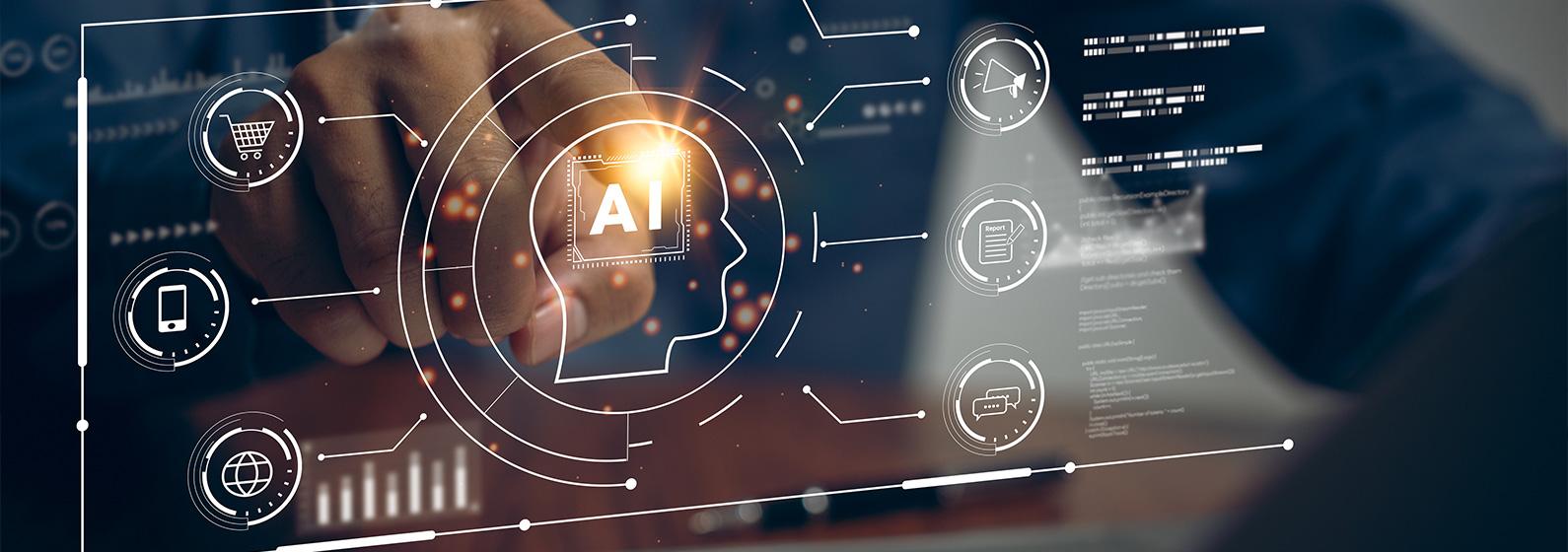Characteristics typical of games include rewarding, providing feedback, competing, winning, and elements of surprise. All of these can be applied in the workplace. The essence of gamification is transforming everyday tasks into effective play. The technique proves itself wherever motivation and engagement in assigned tasks are expected from employees.
What is the goal of gamification?
Gamification is a technique, used in various business fields, involving the application of elements and mechanisms known from computer games in different contexts. The technique can be used in marketing, sales, HR, IT, training, or education. Gamification engages employees through game elements, such as challenges, rewards, and competition. This makes the process more interesting and engaging, resulting in greater participant involvement. Applying game elements, such as interactive tasks or simulations, can help participants better remember and understand presented information (e.g., during training). Employees can derive pleasure from participating in interactive tasks, competing with others, earning rewards, and making progress, creating a positive and satisfying experience. Simultaneously, gamification allows for the practical application of acquired knowledge and skills. By completing the tasks, simulations, or case studies, participants have the opportunity to practice and develop specific skills related to the training. Gamification systems often allow tracking participants' progress. This way, both employees and trainers can assess achievements, identify areas for improvement, and choose further development paths.
Gamification in the recruitment proces
The key to the success of effective gamification lies in presenting and utilizing the tool in a way that provides attractive challenges. The entire mechanism of a play is based on the innate human desire for competition and reward. An interesting application of the mechanism is employee recruitment. Thanks to gamification, the process can be interesting and engaging while allowing recruiters to assess candidates' skills and potential in an innovative way. For example, candidates may be invited to perform some tasks or challenges related to real job requirements. These could be simulations, online games, or team tasks, allowing participants to demonstrate their skills in practice. Gamification may attract candidates interested in innovative and interactive recruitment processes. It's essential to differentiate gamification from an assessment center. In the latter case, candidates perform scenes or solve tasks they will face in the actual position. On the other hand, gamification involves discovering the personality of a future employee and testing, how they respond to less obvious situations.
Gamification and employee training
Gamification mechanisms are commonly used in employee training to increase engagement, motivation, and training effectiveness. During sessions, the participants can be encouraged to complete various tasks and challenges related to the training topic. Examples include quizzes, simulations, case studies, or practical assignments requiring the application of acquired knowledge. A point system can be introduced, with employees earning points for active participation in the training, solving tasks, or answering questions. Points can then be exchanged for rewards or additional benefits.
Similar to games, training can be divided into different levels that employees must pass. Each level can represent achieving a certain degree of advancement in the training. This gives participants a sense of progress and motivates them to continue learning. During the training, elements of healthy competition can be introduced, where employees compete with each other, for example, through leaderboards or rankings. However, promoting cooperation, such as team tasks, is equally important, allowing them to achieve a goal together. An essential part of any gamification is, of course, the feedback and progress analysis, enabling employees to track their results and assess how well they are acquiring new knowledge and skills. Numerous e-learning platforms utilize gamification elements for presenting their training content. These can be interactive online courses, simulations, or educational games that participants can use for learning in an engaging manner.
Positive motivation for development
Not in every case is competition among employees an effective motivational tool. Well-thought-out gamification should meet certain conditions. One of the most important is positive competition. Every employee has the potential to awaken leader-like qualities. However, it is crucial to always remember the common goal and cooperation. Another principle of effective gamification is matching mechanisms to the context. This means properly adjusting gamification elements to the profile of employees, the industry, and clearly defined goals, such as training objectives. Participants in the gamification should identify with a specific story, leading to greater engagement. Research (source) confirms, that gamification during training leads to a 60% increase in employee engagement, and 83% of respondents are more motivated to work. One of the advantages of gamification is that it is easy to implement, especially when various online tools are available.
Thanks to gamification, managers, team leaders, or supervisors can discover new potential in the team – it may turn out that a person working in sales is an excellent analyst. Engaging employees in new challenges provides an opportunity for increased efficiency and achieving plans within the team. Those who want to manage groups even more effectively, discover talents, and motivate them to achieve goals are invited to explore the educational offer:
Building an Engaged Team Training is recommended for managers and supervisors who want to increase team engagement, motivate employees to act, and achieve set goals. The training program focuses not only on gaining knowledge but primarily includes simulation exercises, workshops, interactive sessions, and self-assessment.
Competencies in the Organization Training: Advanced Workshop on Building and Using Competency Assessment Tools is recommended for individuals involved in practical employee competency diagnosis in recruitment and development processes. The goal of the training is to provide the participants with practical knowledge and skills in building, implementing, and evaluating competency diagnostic tools. One of the elements of the classes is the opportunity to practically test independently designed competency sets. All participants will receive feedback on the prepared tasks and the use of behavioral interviews.








